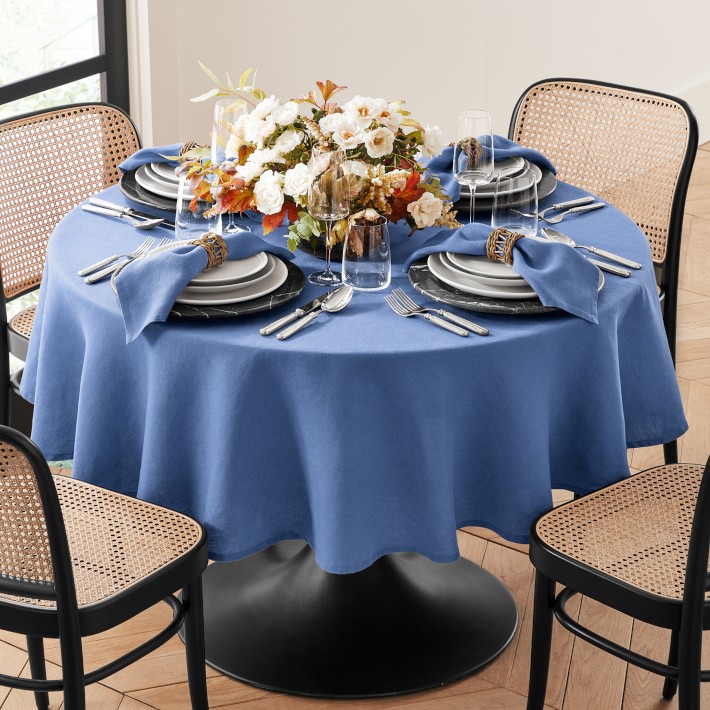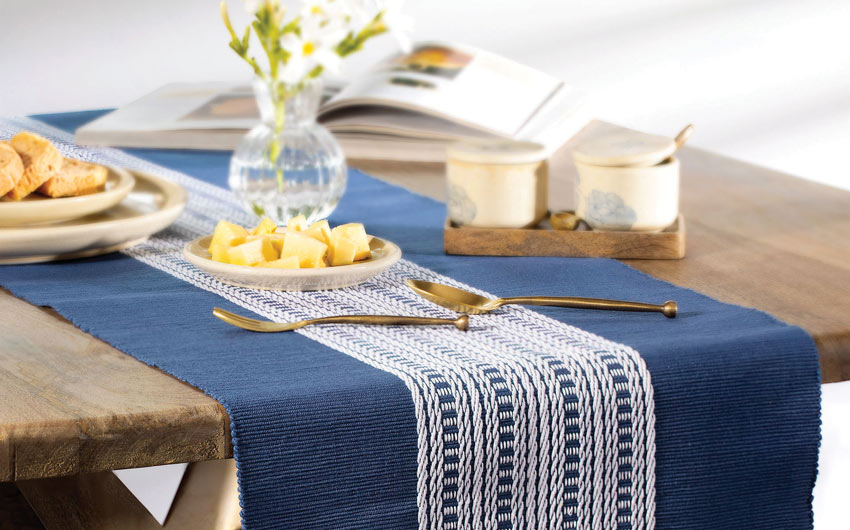Flat Sheet Purchasing Overview: What to Seek in Comfort and Quality
Wiki Article
Bed Linen Textile Innovations: Checking Out Modern Trends and Creative Applications in Style and Textile Sector
From lasting manufacturing techniques to cutting-edge weaving technologies, the advancement of linen is improving the landscape of the fabric sector. As we delve right into the worlds of imaginative design applications and the emergence of linen blends and hybrid fabrics, a new phase unfolds in which linen's role in future fabric developments takes facility phase.Sustainable Practices in Linen Production
Sustainable techniques in bed linen manufacturing have actually come to be progressively important in the textile sector's initiatives to reduce ecological effect and advertise ethical sourcing approaches. Linen, an all-natural fiber originated from the flax plant, offers a variety of benefits such as longevity, breathability, and biodegradability. Nevertheless, conventional techniques of linen manufacturing can include significant water consumption, chemical use, and energy-intensive procedures.To attend to these challenges, several textile makers are embracing sustainable techniques throughout the bed linen production process. This consists of sourcing flax from organic farms that avoid harmful pesticides and chemicals, carrying out water-efficient retting strategies to remove fibers from the flax stalks, and utilizing green dyes and coatings. Furthermore, some business are buying sustainable energy sources to power their production facilities and decreasing waste through recycling and upcycling initiatives.
Technical Improvements in Bed Linen Weaving
With the growing emphasis on sustainable methods in linen production, the fabric sector is now experiencing a rise in technological developments specifically focused on changing the art of bed linen weaving. These innovations are improving the method linen materials are produced, using enhanced performance, top quality, and creative thinking in weaving techniques.One of the crucial technical improvements in bed linen weaving is the assimilation of digital looms. These innovative looms are equipped with software program that enables complex and intricate designs to be woven with precision. By digitizing the weaving process, manufacturers can achieve higher consistency and accuracy in their linen materials.
Additionally, developments in yarn spinning innovation have enabled the manufacturing of finer and more sturdy bed linen threads - table cloths. This leads to softer and smoother linen fabrics that retain their high quality even after multiple usages and cleans
Furthermore, the development of environmentally friendly dyeing processes and finishes for linen fabrics is getting traction. These lasting practices not just minimize the ecological influence however also deal with the increasing consumer demand for morally produced textiles.
Creative Design Applications for Linen
Innovative imaginative methods are progressively shaping the imaginative style applications for linen in the textile industry. Bed linen's natural aesthetic charm and capability to mix with other fabrics make it a favored selection for developing special garments and devices that cater to the environmentally mindful customer.Additionally, designers are trying out linen in home style, using its resilient and breathable nature to craft fashionable furnishings such as drapes, bed linens, and upholstery. The appearance and drape of bed linen bring a feeling of class and convenience to indoor areas, including a touch of elegance to modern homes.

Linen Blends and Crossbreed Fabrics

Hybrid fabrics, on the various other hand, take the idea website link of blending a step better by integrating added aspects such as metallic strings, recycled products, or conductive fibers. These innovative fabrics not only broaden the design possibilities however likewise present useful facets like conductivity, antimicrobial residential or commercial properties, or improved resilience. Hybrid materials are increasingly being used in different sectors, including fashion, interior decoration, and technological fabrics, where the demand for multifunctional products gets on the rise.
Bed linen's Duty in Future Fabric Innovations

In the world of future fabric developments, linen is expected to be a principal in the advancement of innovative useful materials. Scientists and developers are checking out ways to improve bed linen's fundamental top qualities via technical improvements, such as incorporating clever fabrics, nanotechnology, and performance finishes. These innovations aim to elevate bed linen's performance characteristics, making it appropriate for a broader series of applications, from activewear to safety clothes.
In addition, the mix of linen with various other all-natural or artificial fibers opens up unlimited opportunities for creating unique fabrics with special residential properties and functionalities. By leveraging linen's attributes and checking out innovative blends, the fabric sector is poised to present amazing developments that deal with evolving customer requirements and sustainability requirements.
Conclusion
In conclusion, the expedition of lasting methods, technical innovations, creative style applications, linen blends, and its duty in future fabric developments highlight the continuous evolution of bed linen textile in the modern design and fabric industry. With a concentrate on advancement and creativity, the adaptability and environmentally friendly nature of bed linen make it an important product for makers and developers alike, leading the way for further growths and developments in the field of textiles.As we dive right into the worlds of imaginative design applications and the appearance of bed linen blends and hybrid textiles, a new chapter unravels in which bed linen's dig this function in future textile technologies takes center phase.
Exploring the blend of linen with various other textiles has led to the appearance of innovative blends and hybrid fabrics in the contemporary textile market. Bed linen blends supply an unique mix of the attributes of linen with those of various other fibers, resulting in textiles that have boosted residential properties such as enhanced longevity, improved draping, and minimized wrinkling.The advancement of bed linen blends and hybrid fabrics has actually set the stage for Linen to play a critical function in driving future fabric advancements.In the world of future textile developments, bed linen is expected to be a vital gamer in the growth of sophisticated practical textiles.
Report this wiki page